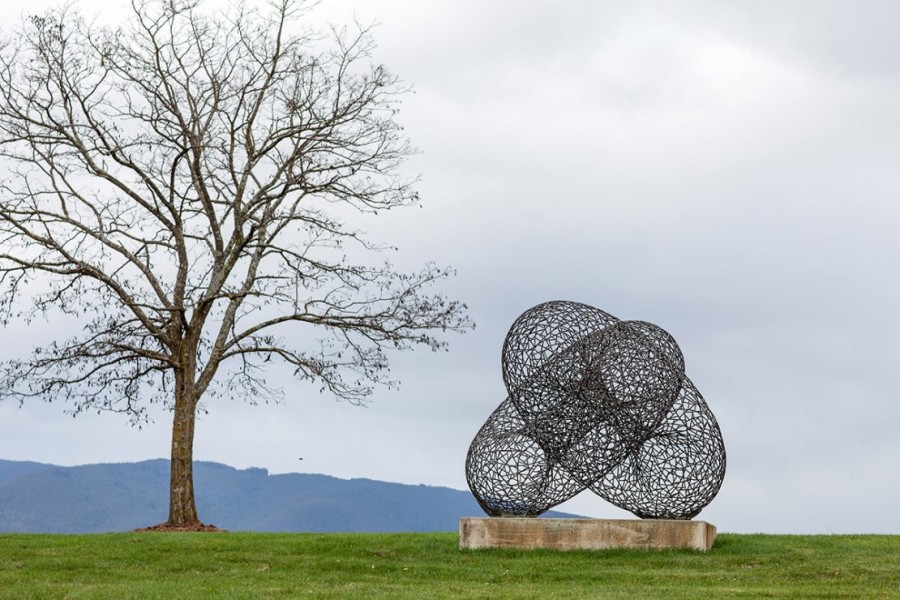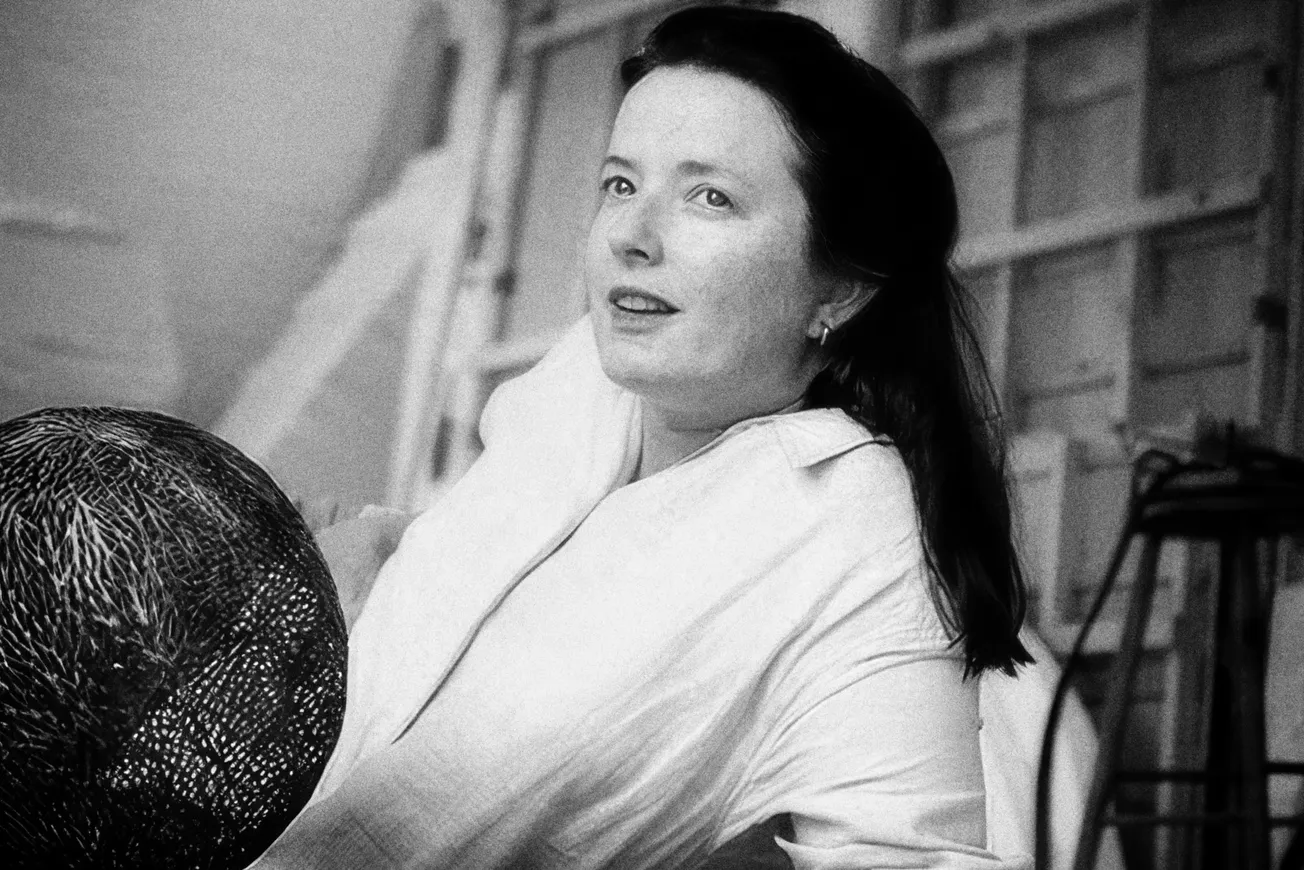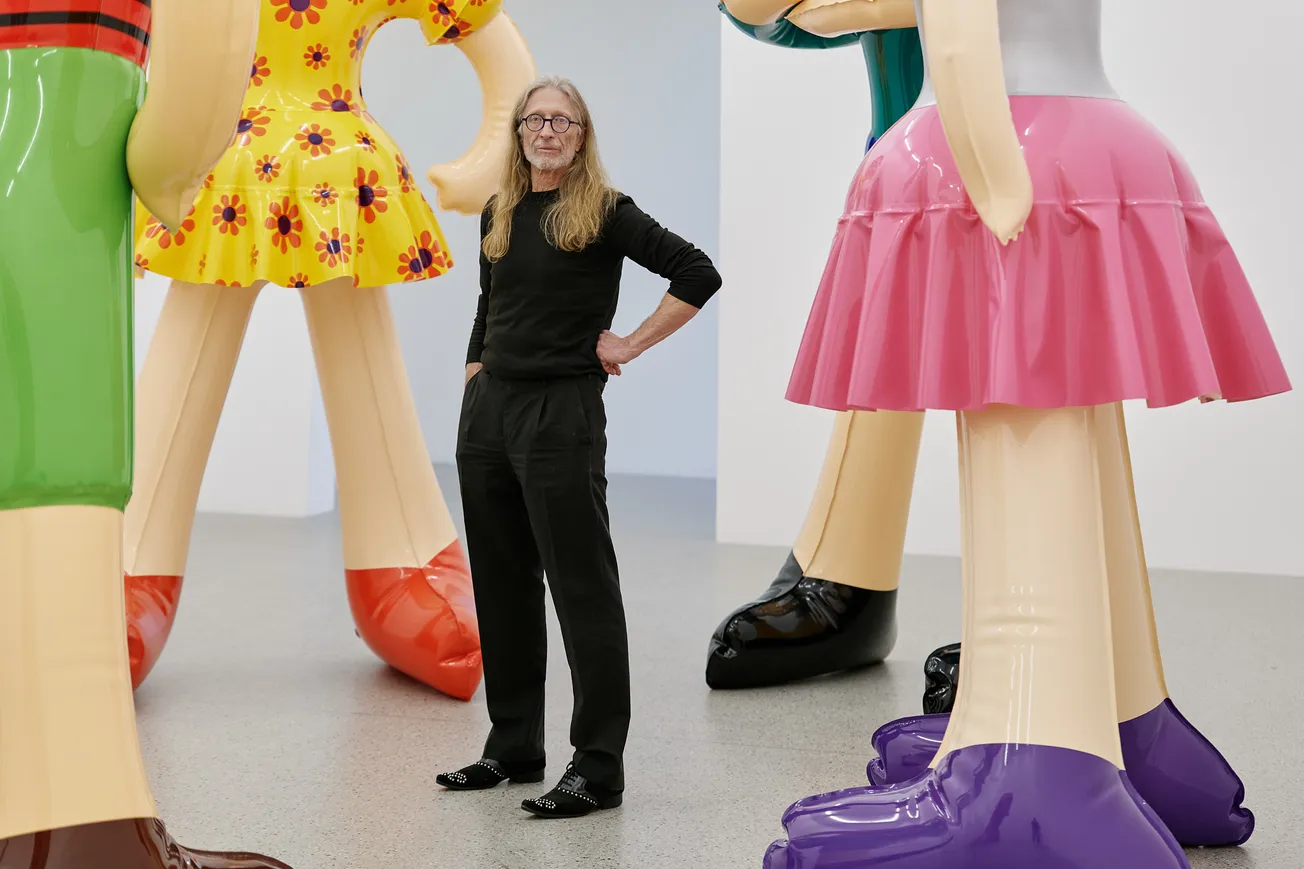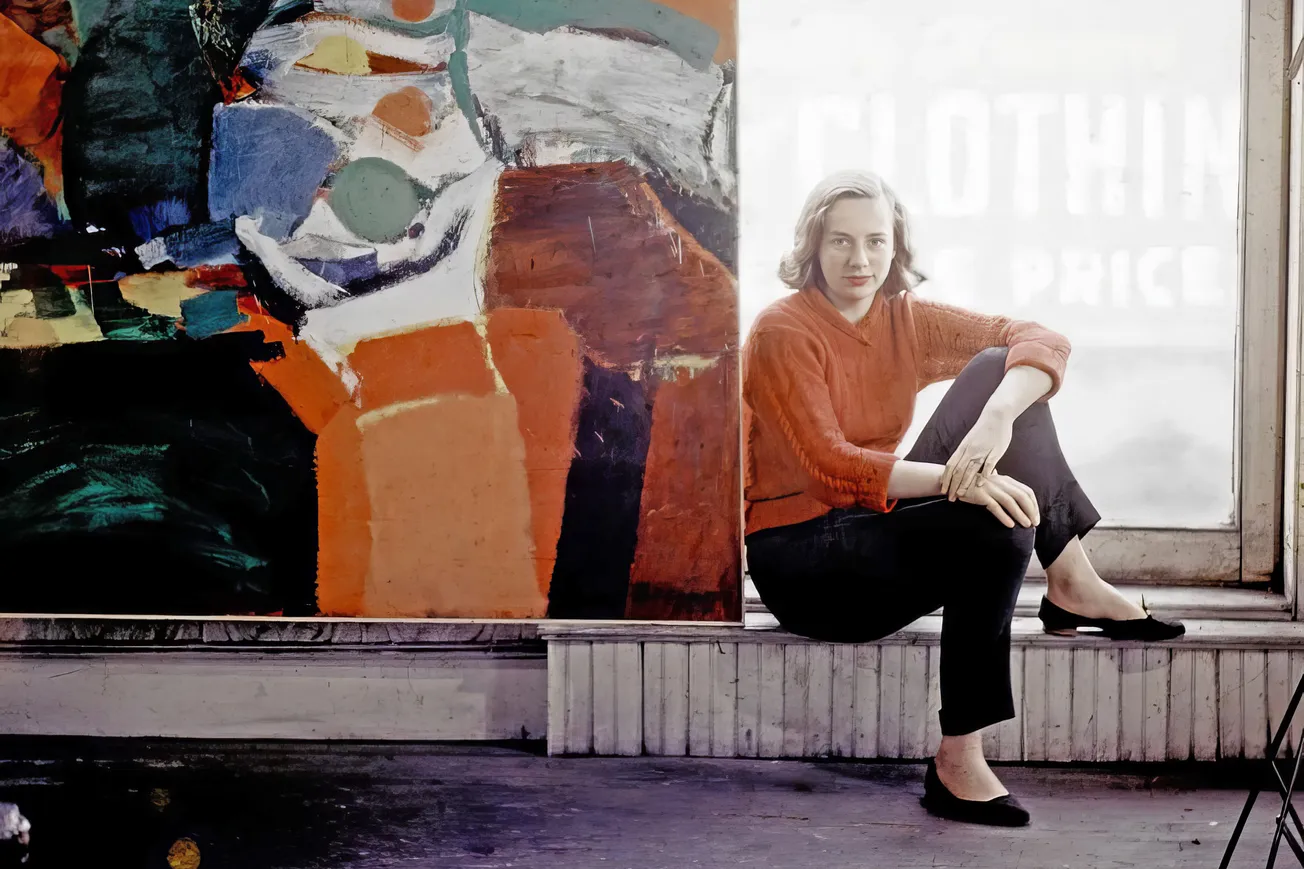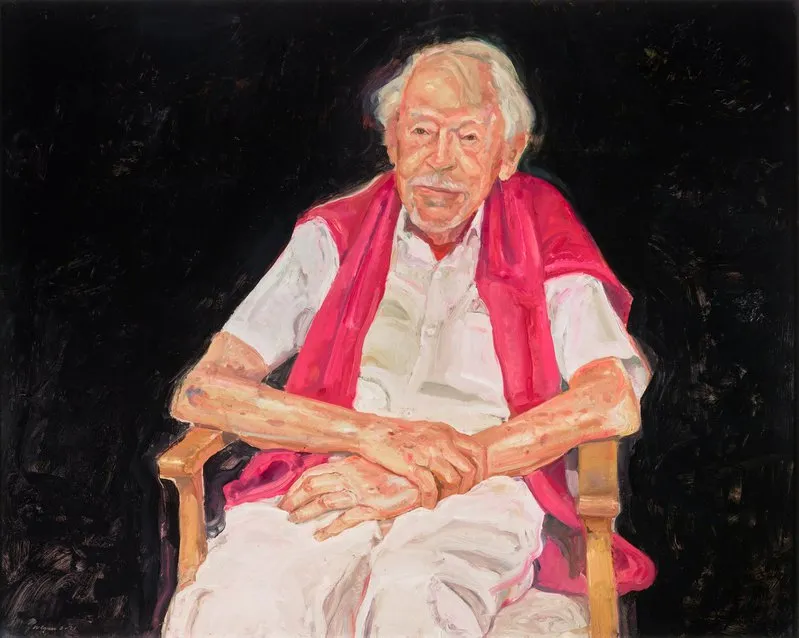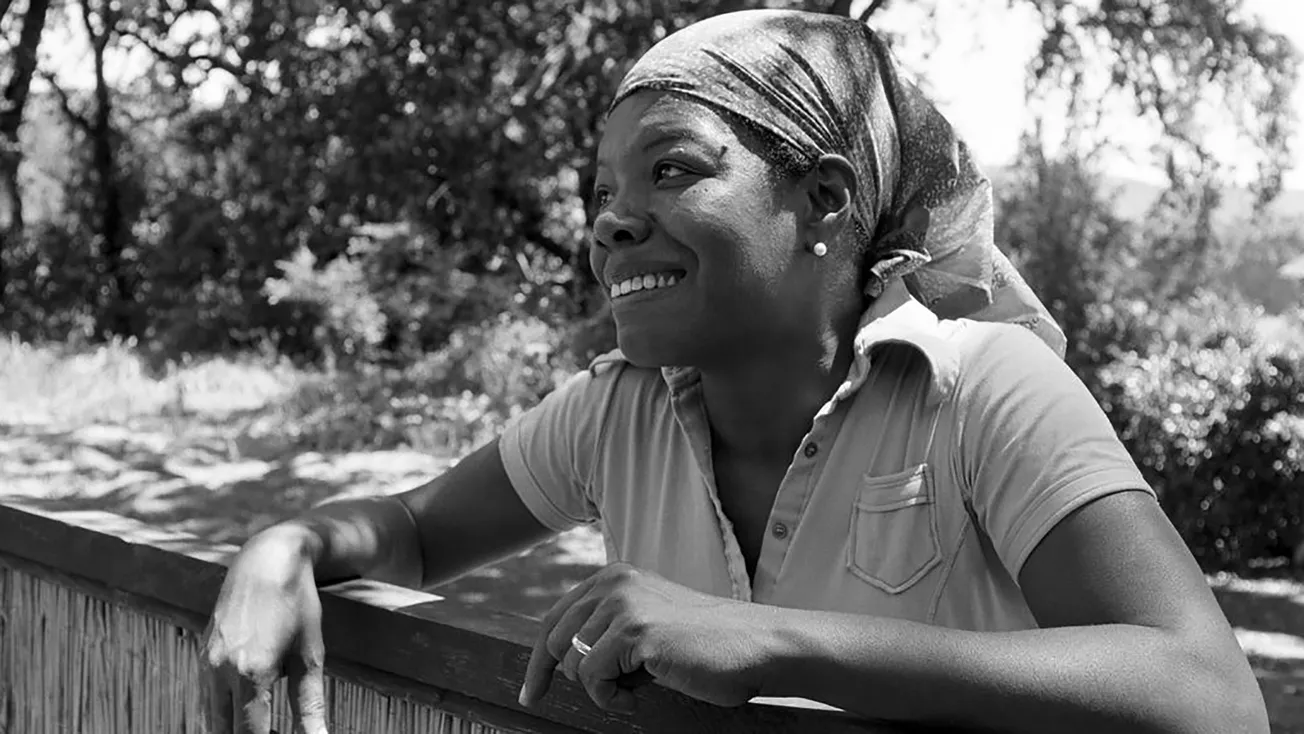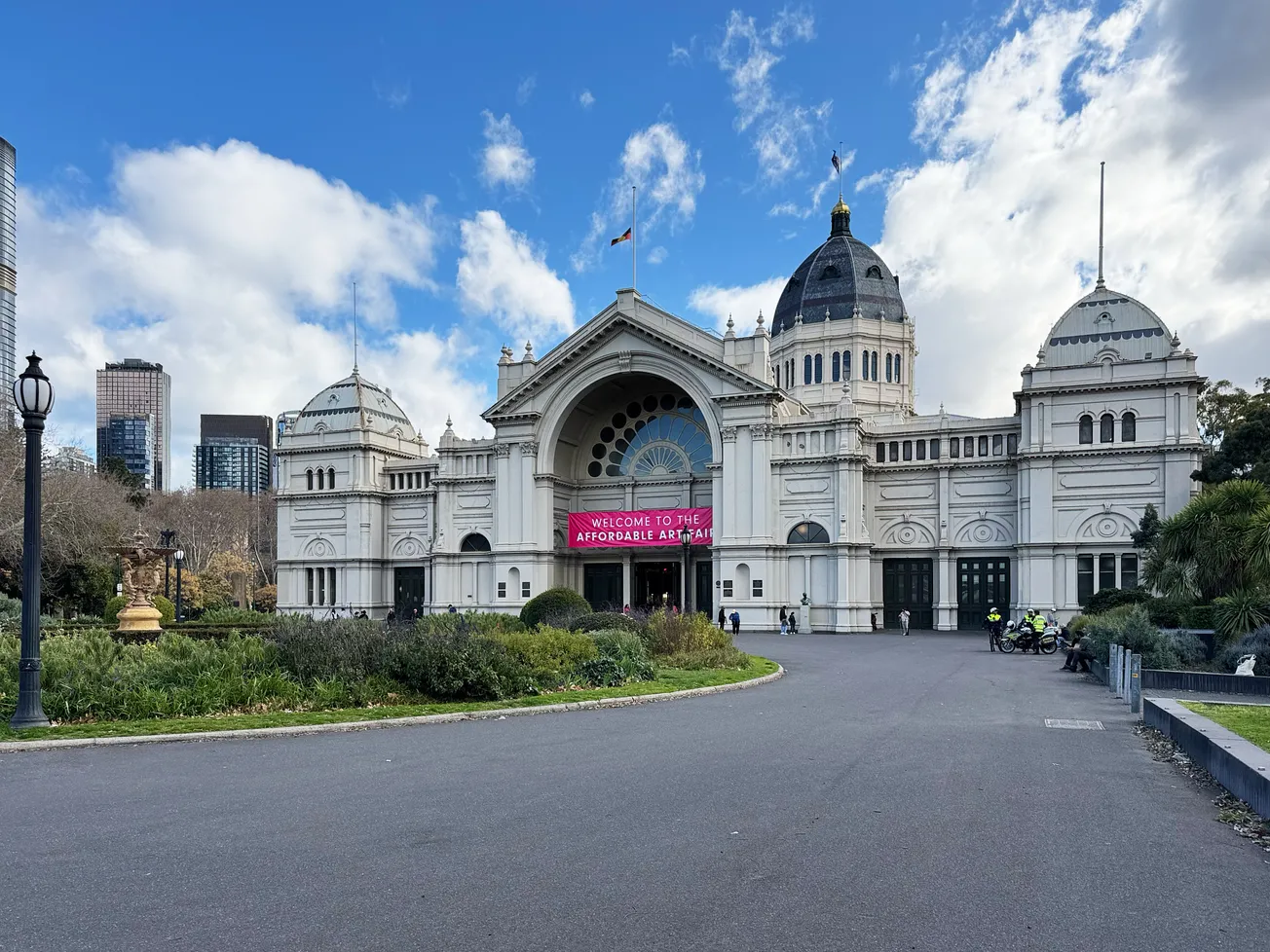Table of Contents
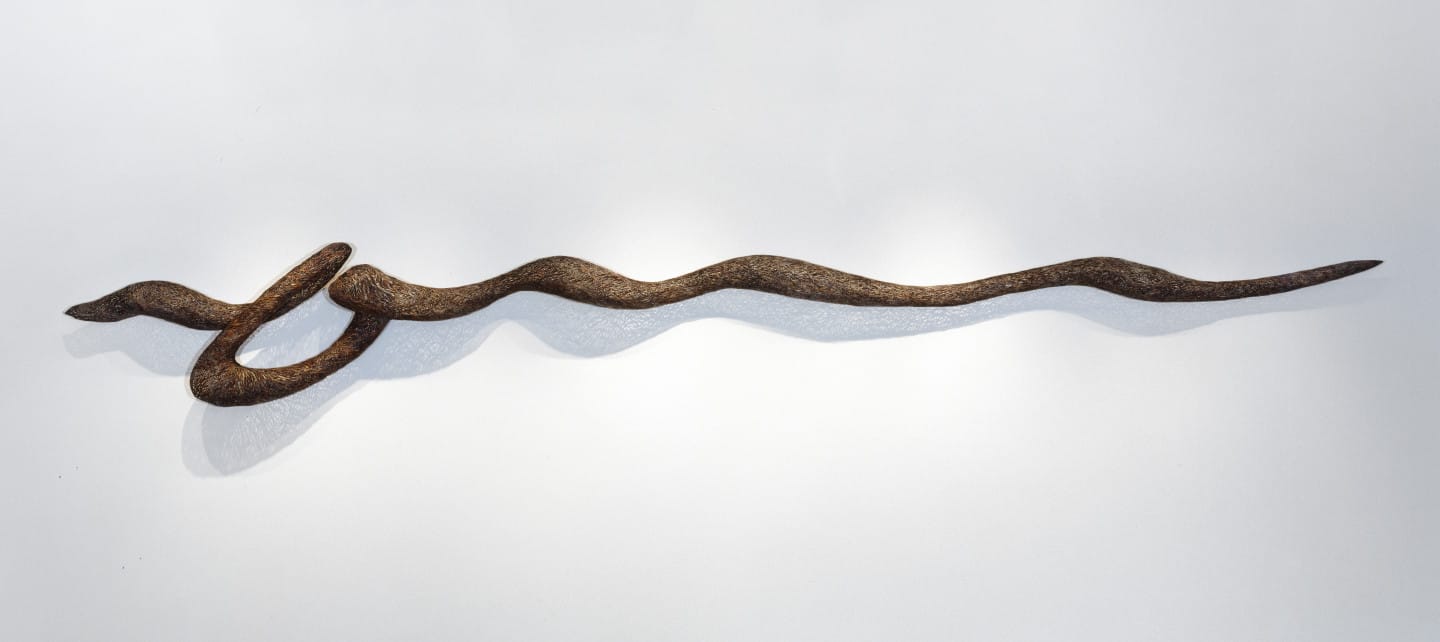
In the dynamic world of Australian art, where whispers of new talent and the clamour of record-breaking sales often compete for attention, a recent auction heralded a moment of profound significance. The late Bronwyn Oliver, a sculptor whose intricate metalwork captured the very essence of organic life and formal precision, saw her monumental piece, 'Tide', achieve an extraordinary feat. It surged to a new benchmark for Australian sculpture at auction, fetching a remarkable $1.25 million including the buyer's premium. This was not just a sale; it was a powerful affirmation of Oliver's enduring legacy and the remarkable vision she brought to the art world.
'Tide', a sinuous copper sculpture created in 2000, is more than just a large artwork. Measuring over four metres in length, it’s a breathtaking evocation of movement, perhaps a giant unfurling frond, or the rhythmic flow of the ocean itself. For nearly a quarter of a century, 'Tide' held a place of honour at the entrance of Quay, Sydney’s celebrated fine-dining restaurant. Commissioned by the prominent Fink family, owners of the Fink Group, this sculpture became an integral part of the restaurant's identity, even inspiring its corporate logo. Its presence there wasn't merely decorative; it was an artistic statement, a silent greeting to countless diners, weaving itself into the city's cultural fabric.
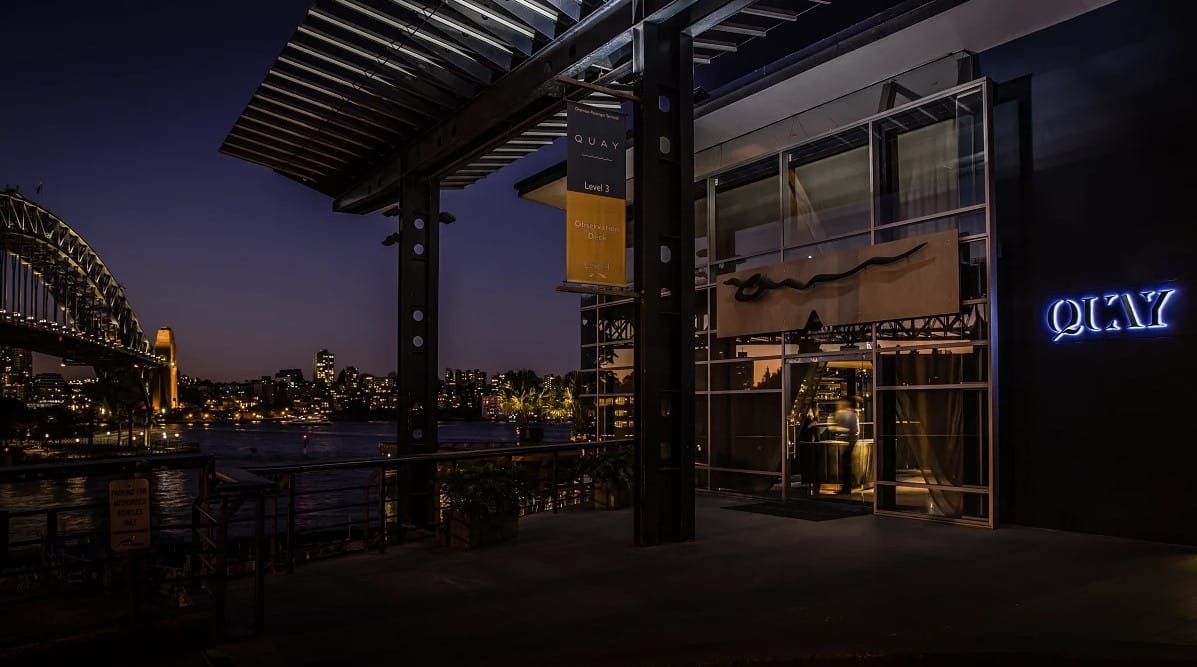
Bronwyn Oliver's journey to becoming one of Australia's most significant contemporary artists was one of both determination and serendipity. Born in Inverell, rural New South Wales, in 1959, her artistic inclination was evident from a young age. While initially aspiring to be a painter, a twist of fate—a computer error during her college enrolment—placed her in a sculpture class. It was a happy accident, as Oliver later admitted, realising instantly that she had found her true calling. She honed her skills at Sydney’s Alexander Mackie College of Advanced Education and later at London’s Chelsea School of Art, where she completed her Master's degree. During her time abroad, she was influenced by leading sculptors, yet she forged a style that was uniquely her own.
Upon her return to Australia, Oliver's career rapidly blossomed. She was known for her innovative use of materials, particularly copper, which she transformed through a meticulous and often physically demanding process of twisting, weaving, and welding. Her works often suggested natural forms—seed pods, shells, plant structures—yet Oliver herself was always clear that her art was about structure and order, a "formal, sculptural logic and poetic logic," rather than direct representation. Each intricate piece was built with an almost obsessive dedication, involving countless hours of painstaking work that sometimes left her hands bleeding from the copper wire. This labour intensive approach resulted in sculptures that appear both robust and incredibly delicate, solid yet permeable, allowing light and shadow to play across their surfaces in a mesmerising dance.

Oliver’s dedication was immense. Alongside her prolific artistic output, she was also a committed teacher, sharing her passion for art with primary school children for 19 years. Her sudden and tragic death in 2006 at the age of 47 left a void in the Australian art scene. Her untimely passing, combined with the inherently time consuming nature of her production process, meant that her output was limited, leading to an intense demand for her works in the years that followed.
The recent auction of 'Tide' by Smith & Singer not only broke a record but also underscored the increasing appreciation for Oliver's rare and exquisite creations. Geoffrey Smith, Chairman of Smith & Singer, noted that the ability to offer such a significant work with a high estimate demonstrated immense confidence in the market for this "highly valued and much missed Australian artist." The sale surpassed the previous record for Australian sculpture, highlighting a vibrant and robust appreciation for three-dimensional art within the country.

'Tide' returning to the public eye, even briefly for auction, served as a powerful reminder of Bronwyn Oliver's profound contribution to Australian art. Her sculptures, with their enduring beauty and intricate complexity, continue to captivate and inspire. They stand as testaments to an artist who, through sheer dedication and a singular vision, transformed metal into poetic forms that feel both ancient and eternally contemporary, leaving an indelible mark on the landscape of Australian sculpture.
